Central Vietnam - Cultural colors in the new rhythm of life: Part 2 - Connecting creativity, spreading culture
Central Vietnam – Cultural Colors in the New Rhythm of Life: Part 1: Heritage Revival – Stories from the countryside to the city
“Golden” potential from heritage and identity
Stretching from Hue City to Quang Ngai , the Central region possesses a rare density of heritage: the Complex of Hue Monuments, Hoi An Ancient Town, My Son Sanctuary, along with hundreds of festivals, traditional craft villages and intangible cultural treasures associated with the sea.
Tourists enjoy Hoi An ancient town with folk art performance space and brilliant lights
This is a valuable “raw material” for developing cultural industries such as cinema, music , fashion, design, fine arts, video games, advertising, and handicrafts.
Not only stopping at “displaying” heritage, the Central region has begun to exploit identity elements to create commercial products with high cultural value. Hue Festival has changed dramatically, not only a series of royal festivals but also a playground for contemporary music, fashion shows, and lighting art.
Fishermen of Cam Thanh commune (Hoi An) demonstrate basket boat rowing techniques and sing folk songs to serve tourists.
Da Nang builds its brand with the International Fireworks Festival and live shows along the Han River, while Hoi An develops night tourism products combined with folk art performances.
The new point of the Central region is the “culture-based creativity” mindset, which means taking heritage as the foundation but injecting a contemporary breath into it. The “Culinary Passport” model in Da Nang, connecting specialty dishes with cultural stories, has proven its attraction to international tourists.
Manufacturing ceramic products, towards green cultural industry
Hue exploits royal court music in the form of minishows in relic spaces, both concise and easy to access.
New industries such as graphic design, destination promotion films, or video games with heritage settings (for example, a 3D adventure game recreating Hoi An ancient town) are opening up channels to reach global youth.
This is a direction in line with market trends, as consumers increasingly seek cultural experiences through digital technology.
Towards "green cultural industry"
The night economy is an important “piece” of the cultural industry. The Central region has been exploiting this advantage well, from walking streets, night markets, light festivals, to outdoor art performance spaces. Da Nang plans to turn the east bank of the Han River into an “art street” with music, dance, fashion and visual art performances every weekend.
Hue experiments with “Royal Night” combining Ao Dai performance, royal cuisine and artistic lighting. Hoi An expands its ancient town at night with the show “Hoi An Memories” and many interactive handicraft activities.
Traditional boat racing in Ly Son (Quang Ngai) attracts a large number of locals and tourists to cheer.
This is not only entertainment, but also a way to increase economic value from culture, prolonging the stay and spending of tourists.
One of the special features of the Central region is the ability to combine culture with eco-tourism and sustainable development. Many creative businesses have chosen to produce environmentally friendly products: recycled gifts from wood and scraps of fabric; traditional costumes improved from organic fibers; souvenirs made from shells, bamboo and rattan.
This “green cultural industry” approach helps the Central region both preserve the environment and create an image of a responsible destination, an increasingly important factor for international tourists.
For the cultural industry to truly become a driving force, the Central region needs stronger policies. Firstly, it is necessary to plan “cultural industrial clusters” associated with the characteristics of each locality, for example, the handicraft and fashion cluster in Hoi An, the cinema and entertainment cluster in Da Nang, and the music and performance cluster in Hue.
Tourists immerse themselves in the unique cultural space in Hoi An
Second, it is necessary to support creative startups in the cultural sector, from tax incentives, leasing premises, to connecting investment capital sources. Finally, technical infrastructure, especially digital infrastructure, must be strong enough to meet the needs of producing - promoting - distributing cultural products on a global scale.
The Central region is converging all the elements to become the new cultural industrial center of Vietnam.
If we know how to harmoniously combine conservation and creativity, traditional values and modern technology, economy and environment, this land will not only retain its identity but also rise as an international cultural and tourism brand.
Cultural industry not only brings economic revenue, but also creates jobs, arouses pride in identity and most importantly, helps Central culture to continue to live, develop and spread to the world.
Source: https://baovanhoa.vn/van-hoa/bai-cuoi-cong-nghiep-van-hoa-buoc-dot-pha-de-mien-trung-but-pha-160730.html










![[Photo] Binh Trieu 1 Bridge has been completed, raised by 1.1m, and will open to traffic at the end of November.](https://vphoto.vietnam.vn/thumb/1200x675/vietnam/resource/IMAGE/2025/10/2/a6549e2a3b5848a1ba76a1ded6141fae)
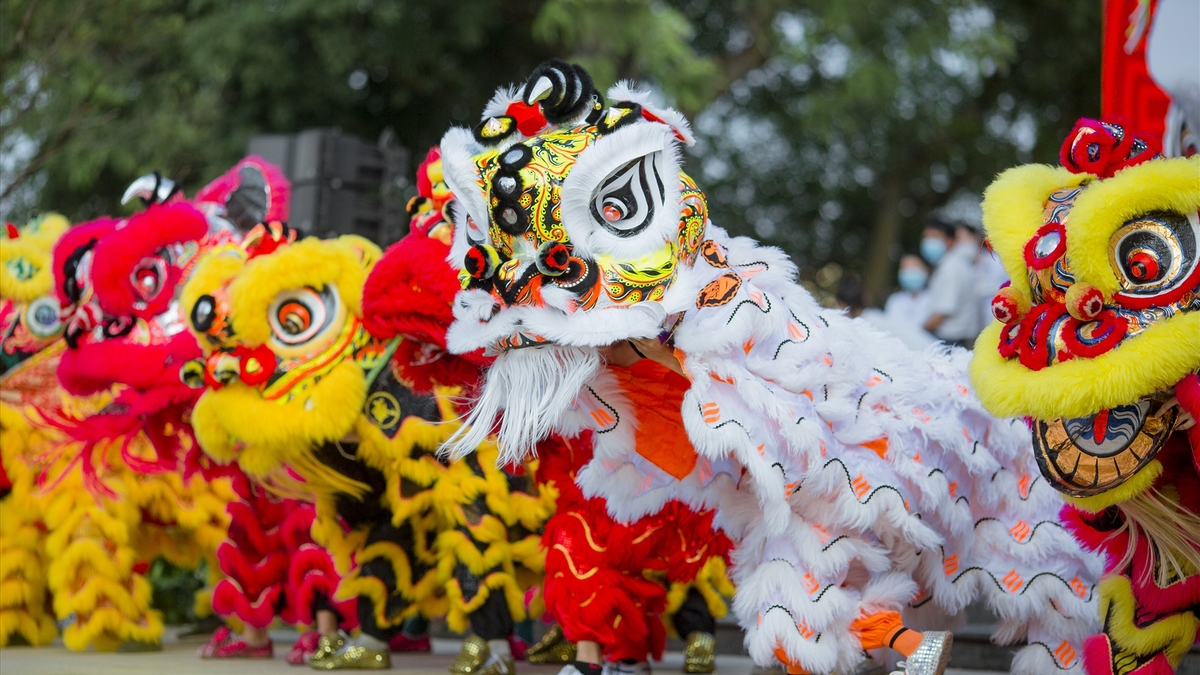
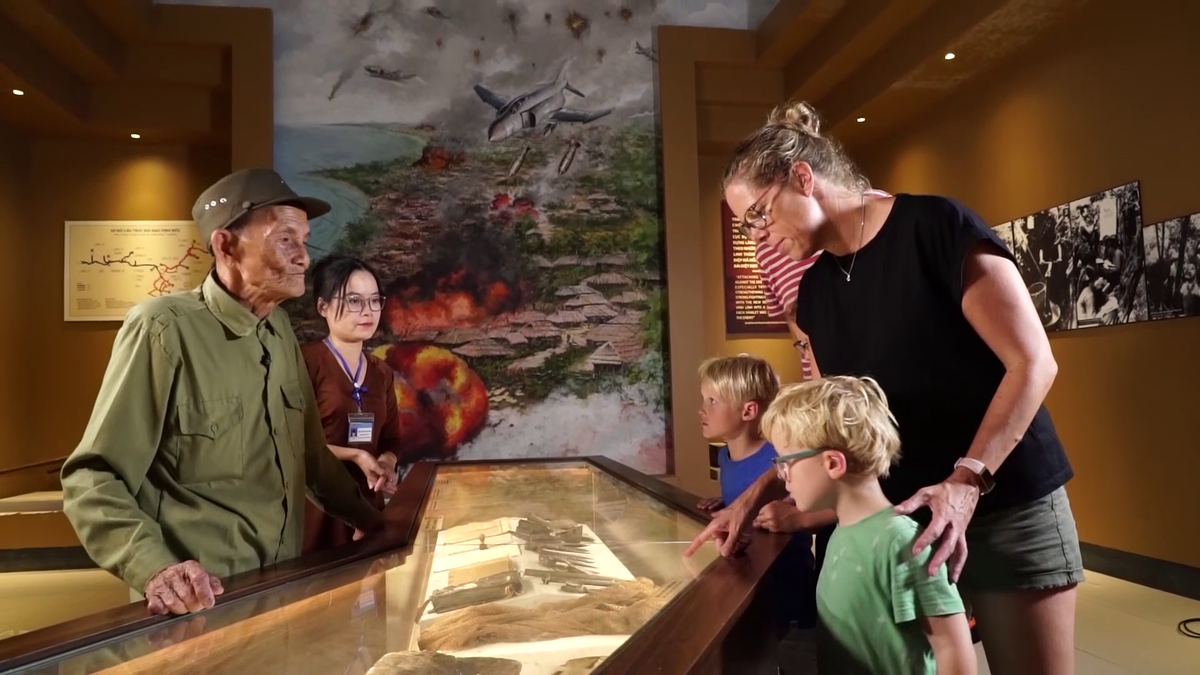


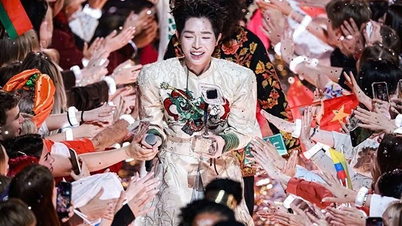
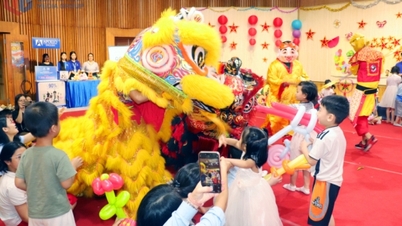

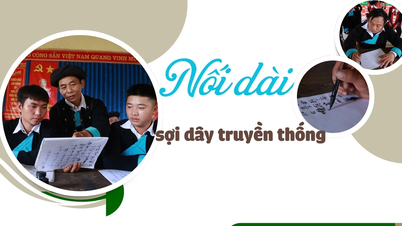

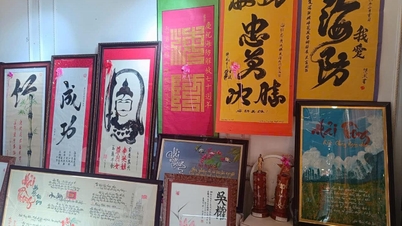














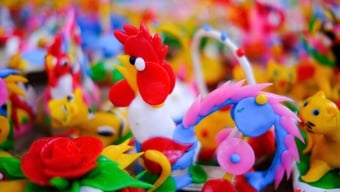

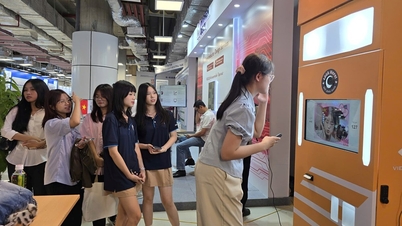
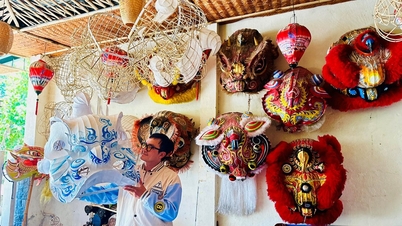

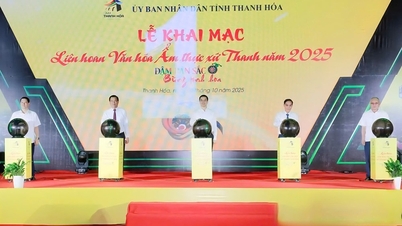
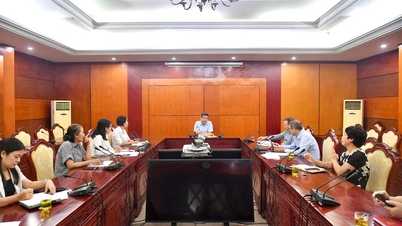

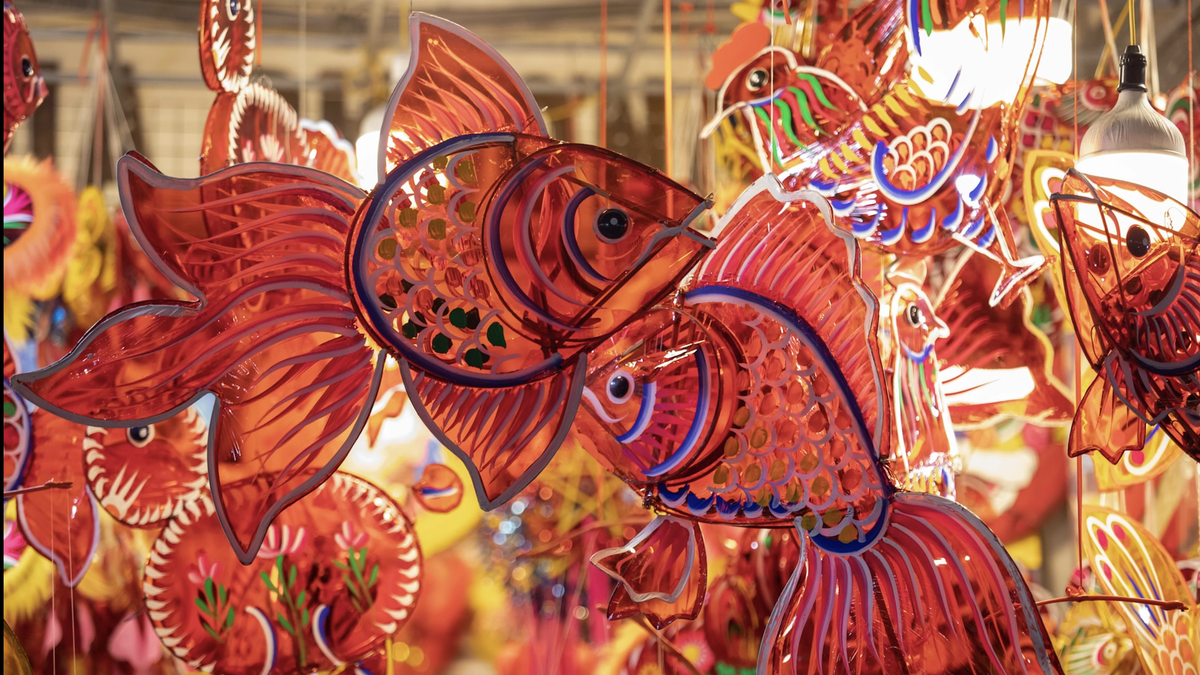


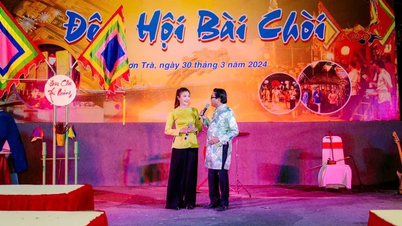


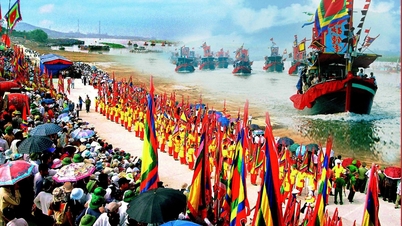



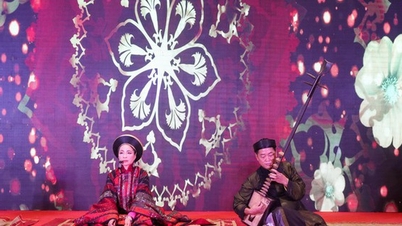

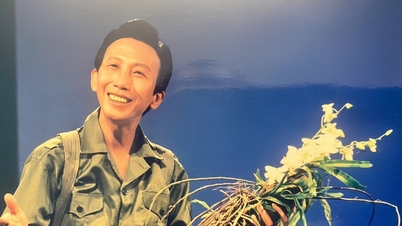

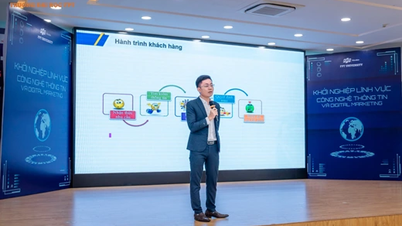

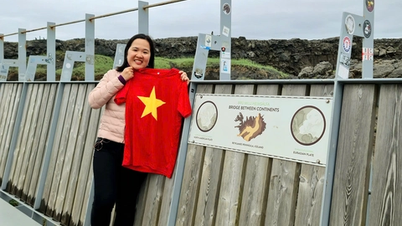

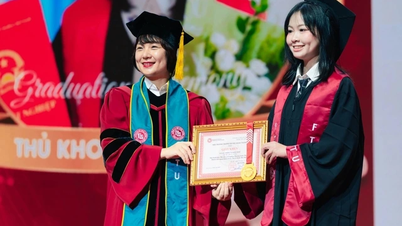




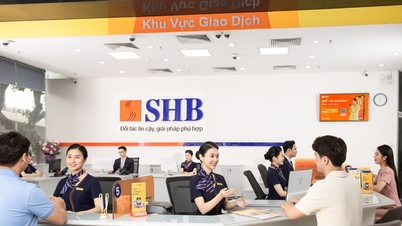

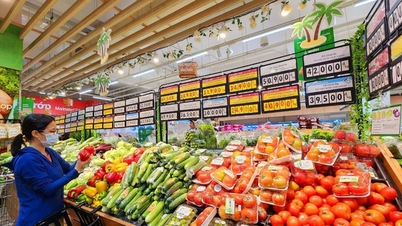

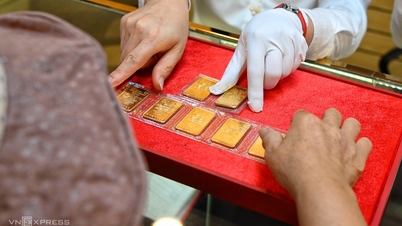

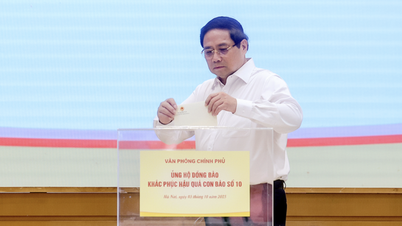


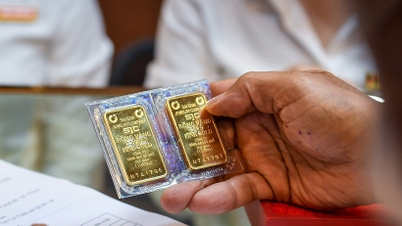
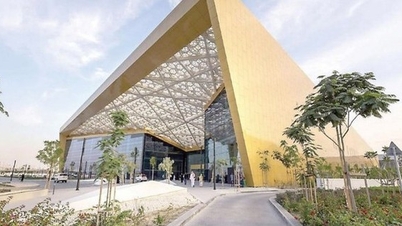
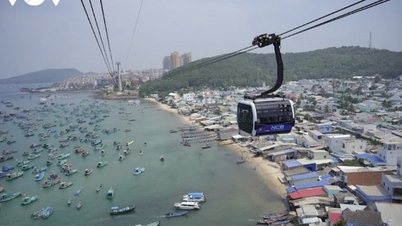
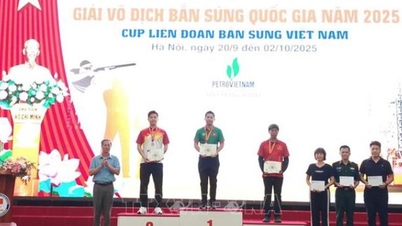
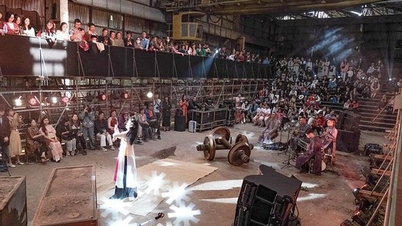
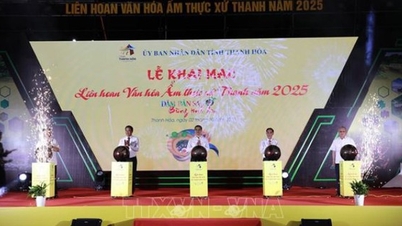
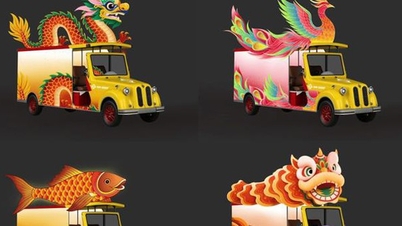
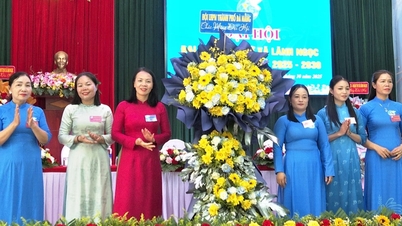

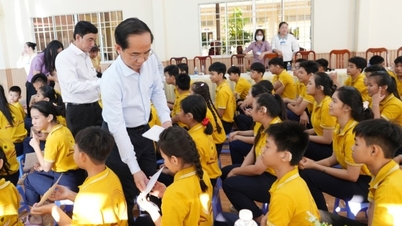

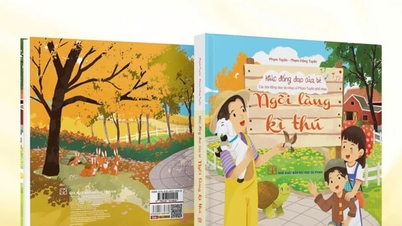


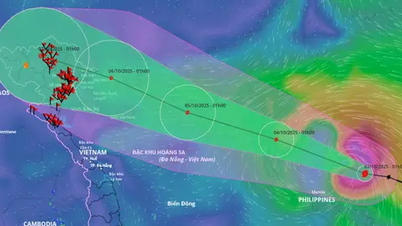

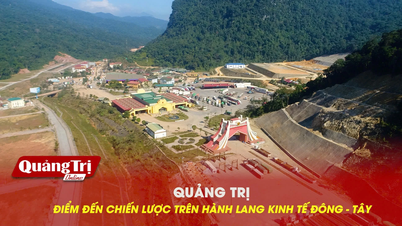
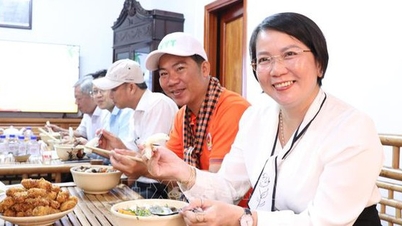






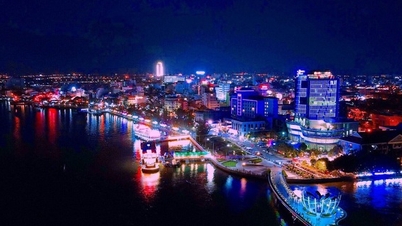





Comment (0)